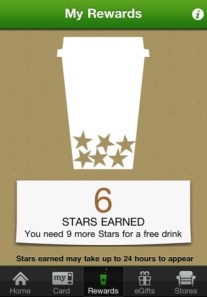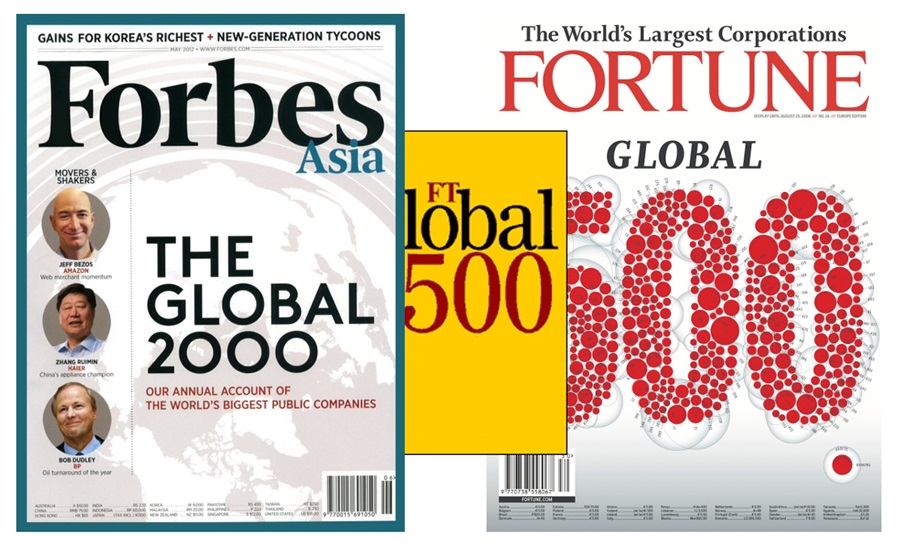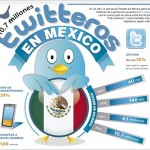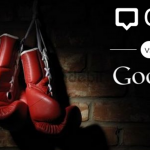Written by Geoff Simon for Technorati
Gamification: The art of incentivised engagement
Gartner predicts that by the end of 2014, over 70% of Global 2000 organizations will have at least one ‘gamified’ application. To put this in perspective, during 2012 only about 20% of Global 2000 companies deployed a gamified application. That’s a pretty quick turnaround for the 50% who weren’t building gamified apps back in 2012, but are suddenly now ‘getting into the game’ with gamification, so to speak.
So why are these big multinational companies and organizations suddenly so eager to gamify not just consumer facing applications, but even implementing gamification in to actual job functions, organizational processes, and factor results in performance reviews?
 What is Gamification Anyway?
What is Gamification Anyway?
We’ll first we should define what we mean by gamification. Basically any use of game elements like organized systems to accrue points, clearly defined rules of play, leaderboards, and methods for awarding rewards that are applied in non-game contexts can be considered gamification.
Most of the time gamification is used to help make mundane tasks more exciting by playing to humans natural propensity to play games and be competitive. A good example of this is the FarmVille like game Repair the Rockaways, which was developed in partnership with Zynga and digital agency Mother, and helped repair Hurricane Sandy ravaged Rockaway, New York by allowing users to buy bricks in which 100% of the proceeds went to supplies and labor to repair homes in the area.
 Another simple example most might be familiar with is Starbucks mobile app where the more coffee you buy, and rewards you get, the more stars fill up your virtual cup until you earn free drinks. The visualization of the cup filling up actually drives users to earn the maximum rewards to fill their cups as fast as possible to earn their next free drink. Simple, yet effective.
Another simple example most might be familiar with is Starbucks mobile app where the more coffee you buy, and rewards you get, the more stars fill up your virtual cup until you earn free drinks. The visualization of the cup filling up actually drives users to earn the maximum rewards to fill their cups as fast as possible to earn their next free drink. Simple, yet effective.
Why Gamification, Why Now?
So the question still remains, why do 70% of the Global 2000 organizations want to build gamification apps and processes in to applications and other processes this year? A lot can be explained by simple demographics. A generation of Millennials are now in the workforce, and this is a generation who grew up playing interactive games. And at 80 million strong, it’s the biggest generation ever. According to research from Nielsen, 68% of Millennials own a game console, 76% own smartphones and 73% own a laptop, so it’s a generation comfortable with games, interactivity and technology. This is important when we’re talking about using gamification, which is dependent on things like availability of technology and comfortability with how interactive games work to be successful.
Millennial Growth in the Workforce
 Today about 1 in 3 employees in the U.S. are millennials, and this number is just going to continue growing. According to the Bureau of Labor Statistics, by 2020 46% of the U.S. workforce will be comprised of Millennials and by 2025 that number skyrockets to 75%. So it’s no wonder that those at the strategic level of management for the Global 2000 companies have made the decision to gamify things like operations, job functions and other business tasks in addition to releasing apps with gamification features built-in for consumer facing businesses.
Today about 1 in 3 employees in the U.S. are millennials, and this number is just going to continue growing. According to the Bureau of Labor Statistics, by 2020 46% of the U.S. workforce will be comprised of Millennials and by 2025 that number skyrockets to 75%. So it’s no wonder that those at the strategic level of management for the Global 2000 companies have made the decision to gamify things like operations, job functions and other business tasks in addition to releasing apps with gamification features built-in for consumer facing businesses.
Gamification to Motivate & Retain Employees
As gamification has proven successful with promotional campaigns targeting consumers, like the one for Hurricane Sandy, Starbucks, Nike+, and FourSquare among others using it successfully, many speculate that this same methodology can prove successful when applied to gamifying business processes. In an article by TMCNet special guest author Jeff Canter, CEO of Uptivity says, “gamifying job functions can be a great way to inspire better employee performance and improve customer satisfaction as well as staff engagement and retention.”
“Particularly for Millennials who grew up with digital gaming, this is a tool that can boost morale, engagement and motivation.”
![]() And he should know, his company, Uptivity just launched a new gamification system as part of it’s award-winning contact center platform, Discover Suite 5.3. The gamification is designed to build a culture of achievement by providing challenges and acknowledging accomplishments in real-time. This, as opposed to traditional motivational methods to reach performance goals.
And he should know, his company, Uptivity just launched a new gamification system as part of it’s award-winning contact center platform, Discover Suite 5.3. The gamification is designed to build a culture of achievement by providing challenges and acknowledging accomplishments in real-time. This, as opposed to traditional motivational methods to reach performance goals.
“By defining goals and recognizing accomplishments that impact the customer experience positively, our new gamification feature incentivizes agents to deliver exceptional customer service, ” said Barry Knack, director of education at Uptivity. “Particularly for Millennials who grew up with digital gaming, this is a tool that can boost morale, engagement and motivation.”
Ingredients for Successful Gamification Engagement
Brian Burke, research vice president at Gartner wrote, “For a gamified application truly to engage its audience, three key ingredients must be present and correctly positioned: motivation, momentum and meaning (collectively known as “M³”)” Mr. Burke continues on to say, “Gamification could become as important as Facebook, eBay, or Amazon.”
Whether gamification’s influence becomes as important or more important than Facebook, Amazon or eBay has yet to be determined. But what’s for certain is it’s hot now, and with a growing number of Millennials who have already proven they respond to this sort of spin on tasks like Hurricane relief and giving back. Higher levels of management need to take note and prepare to include gamification strategies not only in their consumer facing apps, but also internal operations, job functions and performance. Gamification has proven to keep employees engaged and focused on company goals and objectives in a way that the Millennial generation can relate to.
Main image credit: ChielReemer.nl



